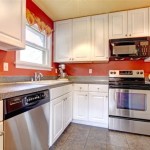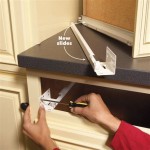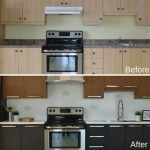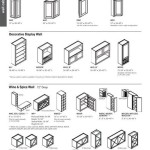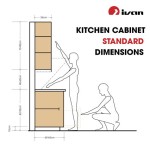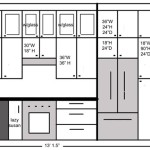Essential Aspects of How To Design My Kitchen Remodel
Remodeling your kitchen can be a transformative experience, but it's essential to approach it strategically. By considering key aspects and planning meticulously, you can ensure a successful outcome that meets your functionality, aesthetic, and budgetary needs.
1. Space Planning and Flow:
The layout of your kitchen should facilitate efficient movement and optimize storage. The "kitchen triangle" concept, connecting the stove, sink, and refrigerator, ensures a smooth workflow. Consider island placement, cabinet accessibility, and appliance placement for maximum convenience.
2. Cabinetry:
Cabinets are the backbone of any kitchen remodel. Choose materials and styles that complement your overall design aesthetic. Consider the height and configuration of upper cabinets to maximize storage and functionality. Drawers and organizational accessories can enhance accessibility and keep clutter at bay.
3. Countertops:
Countertops play a significant role in the visual appeal and practicality of your kitchen. Choose durable, heat-resistant materials such as granite, quartz, or butcher block. Consider the color, pattern, and edge profile to create a cohesive and stylish look.
4. Lighting:
Proper lighting can transform your kitchen into a welcoming and functional space. Incorporate layered lighting with ambient, task, and accent lighting. Under-cabinet lighting, pendants over islands, and recessed lighting provide ample illumination while creating a comfortable atmosphere.
5. Appliances and Fixtures:
Selecting energy-efficient appliances in a style that complements your kitchen design is crucial. Consider their dimensions, features, and warranties. Faucets and sinks should be functional, durable, and aesthetically pleasing. Research different materials and finishes to match your preferences.
6. Flooring:
Kitchen flooring should be durable, slip-resistant, and easy to clean. Tiles, vinyl, and hardwood are popular choices. Choose a material that complements the overall design and withstands the wear and tear of daily use.
7. Budget and Timeline:
Determine a realistic budget and create a timeline for your kitchen remodel. Research different materials, contractors, and labor costs to ensure you stay within your financial constraints. Set a deadline to avoid delays and keep the project on track.
8. Personal Style and Inspiration:
Your kitchen should reflect your personal style and preferences. Gather inspiration from magazines, online platforms, and showrooms. Consider your favorite colors, textures, and design elements to create a space that is both functional and visually appealing.
9. Safety and Code Compliance:
Ensure your kitchen remodel adheres to local building codes and safety regulations. Proper ventilation, electrical upgrades, and plumbing fixtures are essential for a safe and functional space. Consult with a qualified contractor to ensure compliance.
10. Professional Consultation:
Consider hiring a kitchen designer or remodeling contractor to assist with the planning, design, and execution of your project. Their expertise can save you time, money, and headaches by providing valuable guidance and ensuring a successful outcome.
By carefully considering these essential aspects, you can embark on a kitchen remodel that seamlessly integrates functionality, style, and longevity. A well-designed kitchen enhances the overall value of your home, creates a space that you love, and provides years of enjoyment for your family and guests.

Kitchen Planner Plan Your

12 Kitchen Remodeling Ideas Designs Lowe S
How To Plan Your Kitchen Remodel

Kitchen Renovation Guide Design Ideas Architectural Digest

17 Ideas To Upgrade Remodel Your Kitchen Extra Space Storage

Kitchen Remodeling How To Plan And Execute A Remodel

How To Renovate A Kitchen 2024 Guide Forbes Home

6 Questions To Ask Before Remodeling Your Kitchen The Seattle Times

Kitchen Remodeling How To Plan And Execute A Remodel

11 Kitchen Remodeling Designs To Enhance Your Space
Related Posts

